by Maha al-Senan
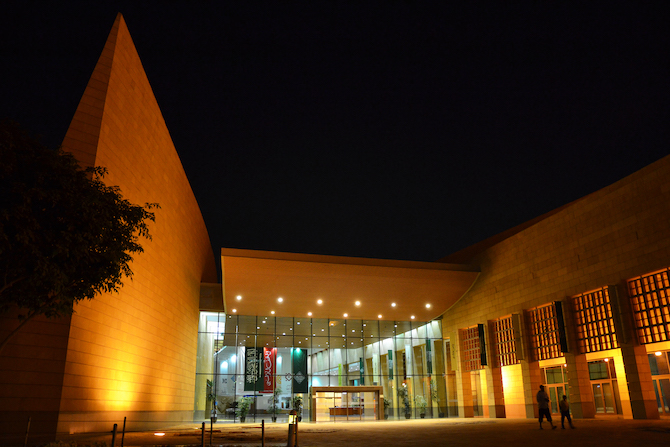
Over the past couple of years, the government of Saudi Arabia has made an official commitment to investing in contemporary cultural production. Saudi Arabia’s Vision 2030 focuses on three main pillars; a ‘Vibrant Society’, a ‘Thriving Economy’, and an ‘Ambitious Nation’. It also aims to increase household spending on cultural and entertainment activities inside the Kingdom from the current level of 2.9% to 6%.
The 2030 Vision states the following: ‘We consider culture and entertainment indispensable to our quality of life, we are well aware that the cultural opportunities currently available do not reflect the rising aspirations of our citizens and residents, nor are they in harmony with our prosperous economy. It is why we will support the efforts of regions, governorates, non-profit and private sectors, we intend to enhance the role of government, we will seek to offer a variety of cultural venues such as art museums, these projects will contribute to our economy and will result in the creation of many job opportunities.’
The museum scene in Saudi Arabia is still young and evolving, and remains heavily regulated by state authorities. The notion of collecting and displaying artefacts began to be supported and encouraged as a form of identity shaping by enthusiasts interested in preserving the Kingdom’s heritage, although state institutions took the lead in establishing museums, authorities to govern them and the promotion of museum tourism.
The National Museum in Riyadh is foremost among Saudi Arabia’s museums. It was originally built to be an educational institution, but the government’s current approach indicate they are attempting to turn it into a cultural institution for all. This has led to some challenges facing the museum, which has also faced criticism for not keeping up with the aspirations of visitors in terms of the artefacts, exhibits and programs offered, nor with the quality of other services that usually attract museum visitors worldwide. This reluctance to visit museums was an obstacle identified in 2004 by the Saudi Commission for tourism and National Heritage, emphasising the weakness or reluctance of society to visit cultural institutions, including museums, and suggested a number of solutions to overcome this reluctance.
In 2018 a questionnaire was submitted to a number of people asking them to respond based on their preferences towards visiting art galleries and museums, trying to document community attitudes towards such institutions and events. Art and artefacts were listed as the objects most likely to attract crowds, with people saying they wanted to be amazed when visiting exhibitions, and would appreciate art that is new but comprehensible to all.
The results of the study suggested that members of society were interested in the arts as a way to enrich their tastes, and as such that art galleries would occupy first place in the most visited cultural institutions, whereas museum were not as attractive. However, the National Museum in Riyadh did rank first when respondents were asked to choose from a list of museums and galleries for those they had visited most.
It was also clear from the results that individuals prefer personal invitations in order to actually go and visit an art exhibition in galleries or museums, although Saudi Arabia does not yet have a museum for art. The majority of the sample agreed on the necessity of setting up an art museum, especially in light of the Kingdom’s Vision 2030, and focusing on the quality of exhibits in museums and art galleries in addition to the importance of holding courses, workshops and interactive shows in them to spread artistic culture among all groups of society.
Saudi Arabia is undertaking a massive cultural overhaul, with the country going through a rapid phase of developmental changes. This process needs to be tracked and recorded in light of the accelerated pace at which Saudi Arabia is developing culturally due to Vision 2030’s project to improve national infrastructure and overall quality of life.
This is part of a series emerging from a workshop on ‘Heritage and National Identity Construction in the Gulf’ held at LSE on 5–6 December 2019. Read the introduction here, and see the other pieces below.
In this series:
- Introduction by Courtney Freer
- Souvenir Sovereignty in Qatar by Suzi Mirgani
- Examining Kuwait National Museum by Sundus Alrashid
- Urban Planning and its Legacy in Kuwait by Alexandra Gomes
- Museums as Political Institutions of National Identity Reproduction: Are Gulf States an Exception? by İdil Akıncı
- The New Populist Nationalism in Saudi Arabia: Imagined Utopia by Royal Decree by Madawi Al-Rasheed
- Heritage and Sectarianism in Bahrain by Thomas Fibiger
- Dubai Expo 2020 and Ancient Mercantile Heritage by Robert Mogielnicki
- Managing UNESCO World Heritage Sites in Saudi Arabia: Contribution and Future Directions by Abdulelah Al-Tokhais
- Finding Mariam: The Invisible Woman in Kuwait’s National Heritage Mythology by Alanoud Al-Sharekh
- Religion and Heritage in the Gulf: Significant in its Absence? by Courtney Freer
- Historical Archaeology in the Gulf by Robert Carter
- Militarised Nationalism in the Gulf Monarchies: Crafting the Heritage of Tomorrow by Eleonora Ardemagni
- The Practice of Heritage in the Northern United Arab Emirates by Matthew MacLean
- Displaying the Nation in Museum Exhibitions in Qatar by Alexandra Bounia
- Implicit and Explicit Cultural Policies in Qatar: Contemporary Art Production and Censorship by Serena Iervolino
- The UAE State ‘Rebirthing’ of Motherhood: Who is birthing who? by Rima Sabban



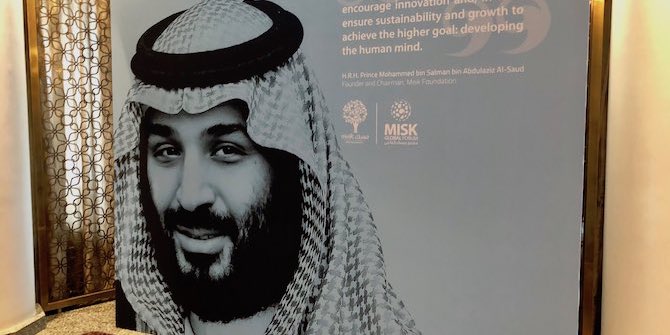
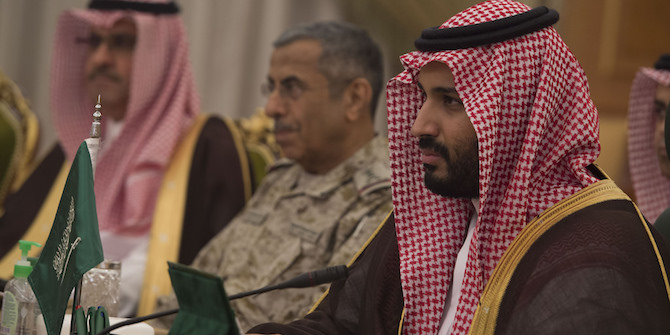
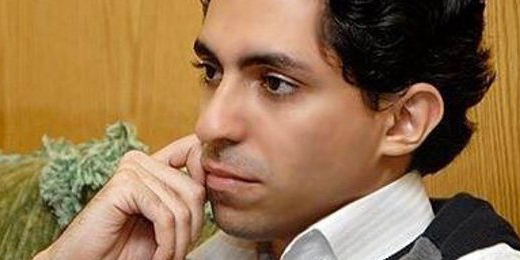
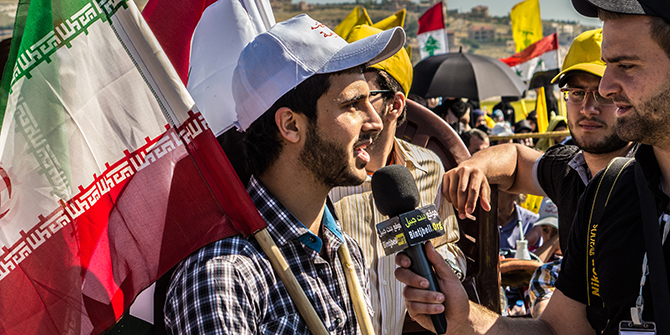
1 Comments